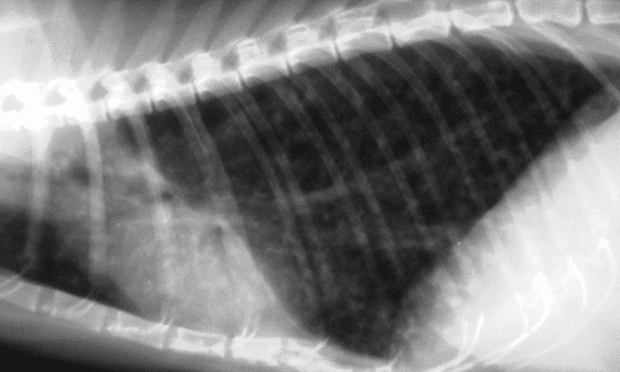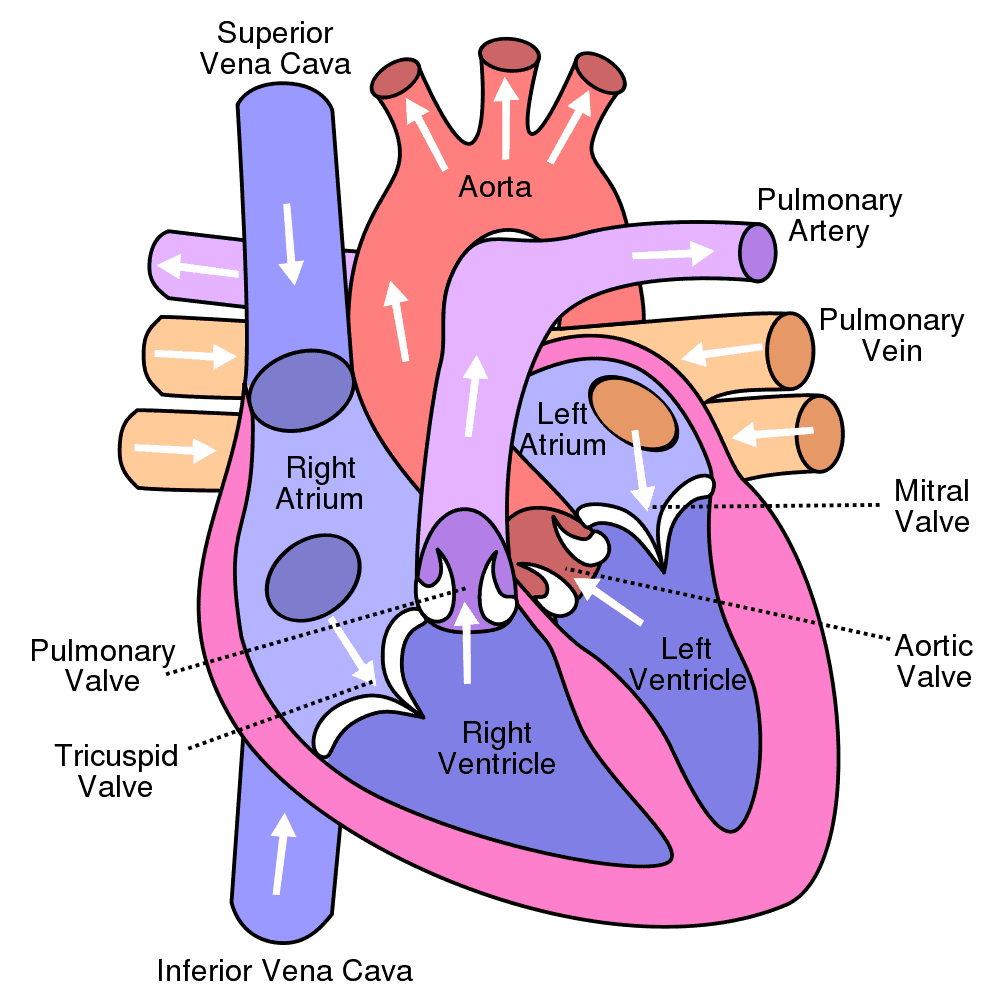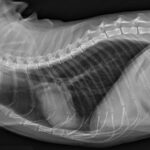What is Asthma?
Is Feline Asthma the Same as Human Asthma?
The feline condition was named asthma due to the its similarities with the human disease. As of this time, it appears that all the diagnostic criteria needed to diagnose asthma in people are shared by cats.
How is the Diagnosis Made?
Because of the constricted airways, over time, the actual volume of air this patient can move in and out of the lungs each breath is reduced. There is often a great deal of effort seen in the cat’s breathing. The abdomen appears to be working to push air out and the breaths are shallow and rapid. The cat may even be breathing with its mouth open in an effort to move the largest possible amount of air.
The next step toward making a diagnosis of feline asthma is chest radiographs, assuming the cat is not in too much distress to hold still for this procedure. Classically, the radiographs will show hyperinflated lungs from air that is trapped. Additionally, the airways may show signs of inflammation.
Some Asthmatic Cats have Normal Radiographs
Since visible changes are not always evident on radiographs, especially early in the disease before excessive air trapping and inflammation occur, diagnosing asthma can sometimes be harder than expected and other diseases that can cause coughing need to be ruled out. In fact, almost 25% of asthmatic cats can have completely normal radiographs.
Response to Therapy as a Diagnostic Test
One important asthma feature is that the airway constriction can be reversed while taking medication. In an emergency situation, an inhaled dose of a bronchodilator such as albuterol can quickly help the symptoms. Response to an injectable corticosteroid (such as dexamethasone) generally yields a positive response within 30 minutes.
Sometimes, diagnostic tests still leave room for question and you have to simply go with medical treatment for asthma and regard response to therapy as evidence that the diagnosis is correct. See below for list of medications commonly used in the long-term management of this problem.
Treatment Options
AeroKat inhlaer
Metered Dose Inhalers
Human asthmatics have enjoyed the benefits of portable inhalers for years. These handy devices deliver medication locally to the airways, thus minimizing drug side effects to the rest of the body while maximizing desired response. There were two problems with using these devices in cats:
- Cats cannot be told when to inhale.
- Cats tend to object strongly to the spray-puff delivered by the device.
Interestingly these same problems apply to human infants with asthma and a device called a pediatric spacer was invented for them. This tubular chamber is attached to the inhaler on one end and a face mask on the other. The inhaler is actuated into the spacer and the infant simply breathes in the spacer’s contents.
The discovery that the pediatric spacer could also be used for cats has solved the feline inhaler problem as well. The set up is the same as described above for young children and the cat takes 7 to 10 breaths from the face mask to be properly dosed. Corticosteroid inhalers, Flovent® being the most popular, are typically used twice daily long term while airway dilator inhalers such as albuterol-containing Proventil® or Ventolin® are used for flare-ups (crises).
Cats are generally started on a combination of oral prednisone and the metered dose inhaler and gradually maintained on only the metered dose inhalers. Oral prednisolone can still be used when for short courses during flare-ups.
Pediatric equipment is generally available from most human pharmacies, however, a device created specifically for feline use can be ordered. It comes with the spacer and an appropriately sized face mask. Your veterinarian will need to prescribe the metered dose inhaler usually from a regular human pharmacy.
See the Aerokat device.
Are there other Treatment Options?
Other medications that might be helpful include:
Airway Dilators
Terbutaline (Brethine®) and theophylline are airway dilators commonly used in the management of asthma. It makes sense that if constriction is an important feature of this disease that eliminating constriction would be therapeutically helpful. Terbutaline is available orally or as an injectable.
Some veterinarians encourage owners to keep a bottle of injectable terbutaline at home in case of a crisis and show them how to give it. If you are interested in this, let your veterinarian know. Theophylline is an oral medication usually given once a day at bedtime.
- Do not allow cigarette smoke in the cat’s environment.
- Use dustless cat litter.
- Consider non-topical insecticides. No sprays, either.
- Regularly replace air filters at home.
It is important to realize that asthma can culminate in a respiratory crisis that can become life-threatening if ignored. If your cat begins to breathe with an open mouth or if you see excessive abdominal movement during breathing and the cat is not purring, you may have an emergency situation. Contact your veterinarian immediately.



